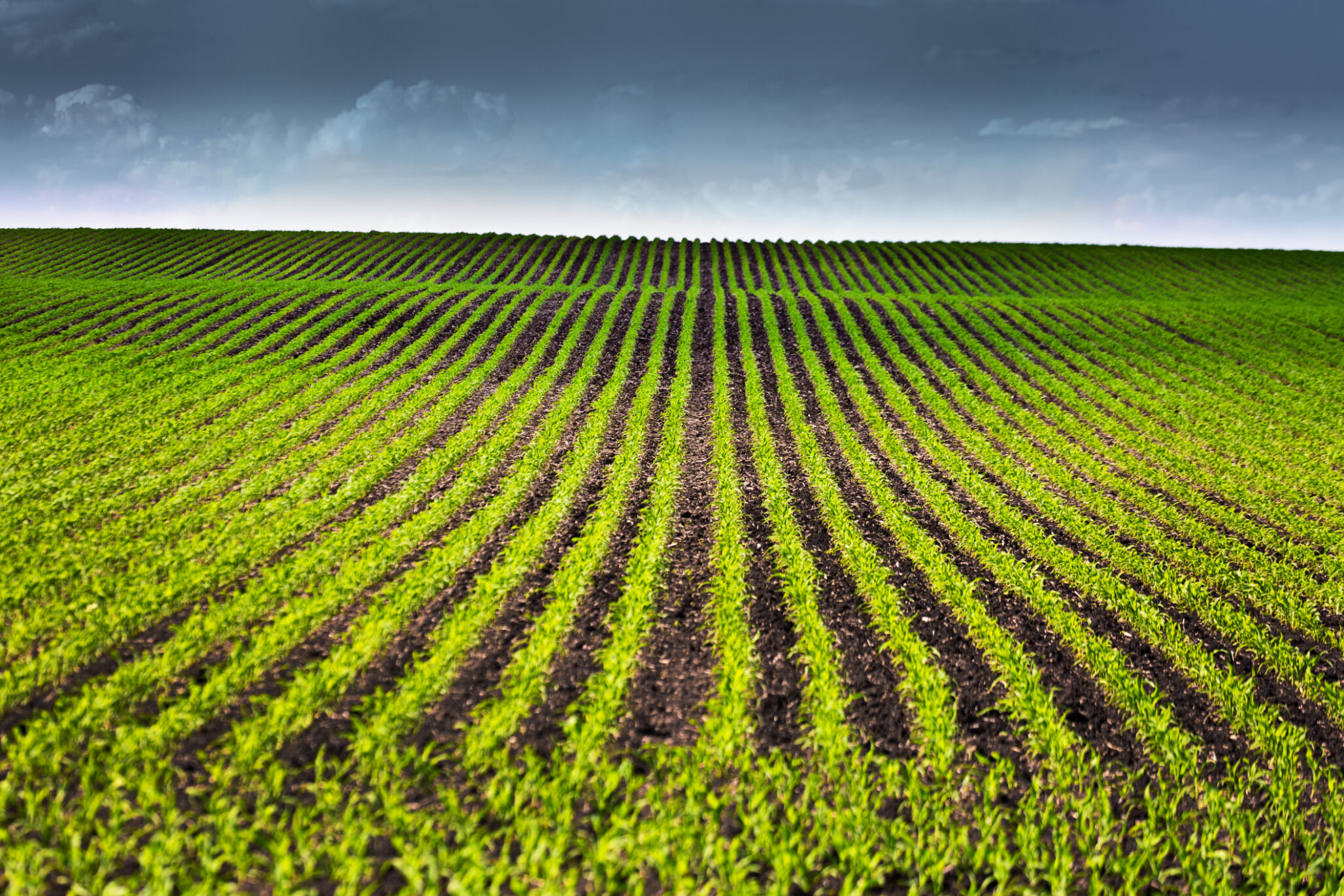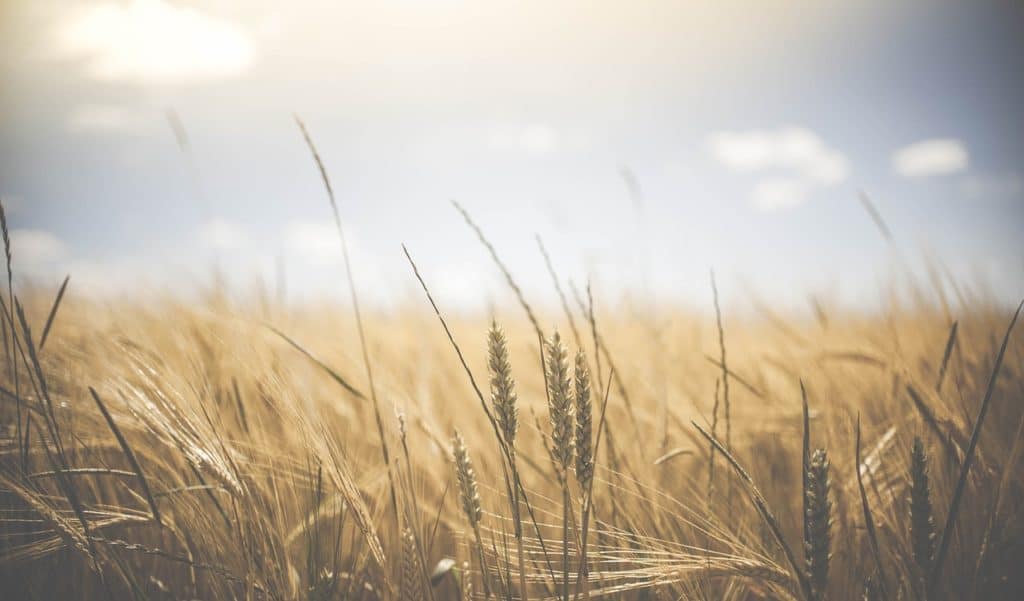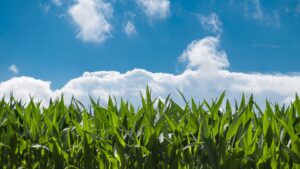One thing I’ve learned from working with wheat in West Central North Dakota for so many years is that it’s hugely important for the right product to be grown on the right acre by the right producer. There are wheat products that I won’t give to certain producers because I know from experience that they’re not going to be as worry-free as those producers would want them to be.
The same is true with soybeans. There are a ton of soybean varieties, each of which perform a little bit differently, and we need to make sure that we know the producers in our network well enough to be able to recommend the varieties that are likely to work best on their fields.
There have been several instances in the past couple of years where a grower has brought in a sample of their soybeans, and it was obvious to me that it wasn’t the best variety for their acres. It’s rewarding to be able to sit down with that grower and give them two or three better options. It’s even more rewarding to walk the fields with these guys at harvest when it’s clear that a variety I recommended has produced much better for them than the bin run seed they’d been growing previously.
For us, it all comes down to quality and consistency. Making sure that producers are growing the best beans for their acres is certainly one part of that equation. Another is conditioning.
When producers first started raising North Dakota State University soybeans, one thing we noticed right away was that they were getting them cleaned by a portable unit that came onto their farm. The size range was all over the place and, as a result, so were their stands. We put those beans through our high-capacity cleaners and state-of-the-art optical sorters and improved their quality and consistency, which increased their performance and overall yields.
One of the great things about raising soybeans outside of the Red River Valley is the incredible flexibility and diversity of the west central part of the state. Our large network of up to 100 producers growing thousands of acres of soybeans means that seed companies don’t have all their eggs in one geographic basket. By moving some of their production to our region, risks related to weather, contamination, disease or other serious issues can be mitigated.
We also help seed companies manage risk by working in a production system that guarantees bushels, not acres. That transfers some of the risk onto us. We’ll over-produce a product or variety to ensure we have the right quantity and quality available to them.
In addition, we have the only soybean production facility in West Central North Dakota. There isn’t another one for 200 to 250 miles, which mean we can condition soybeans efficiently and economically, and our in-season logistics are second to none. It’s a win-win situation for everyone.













